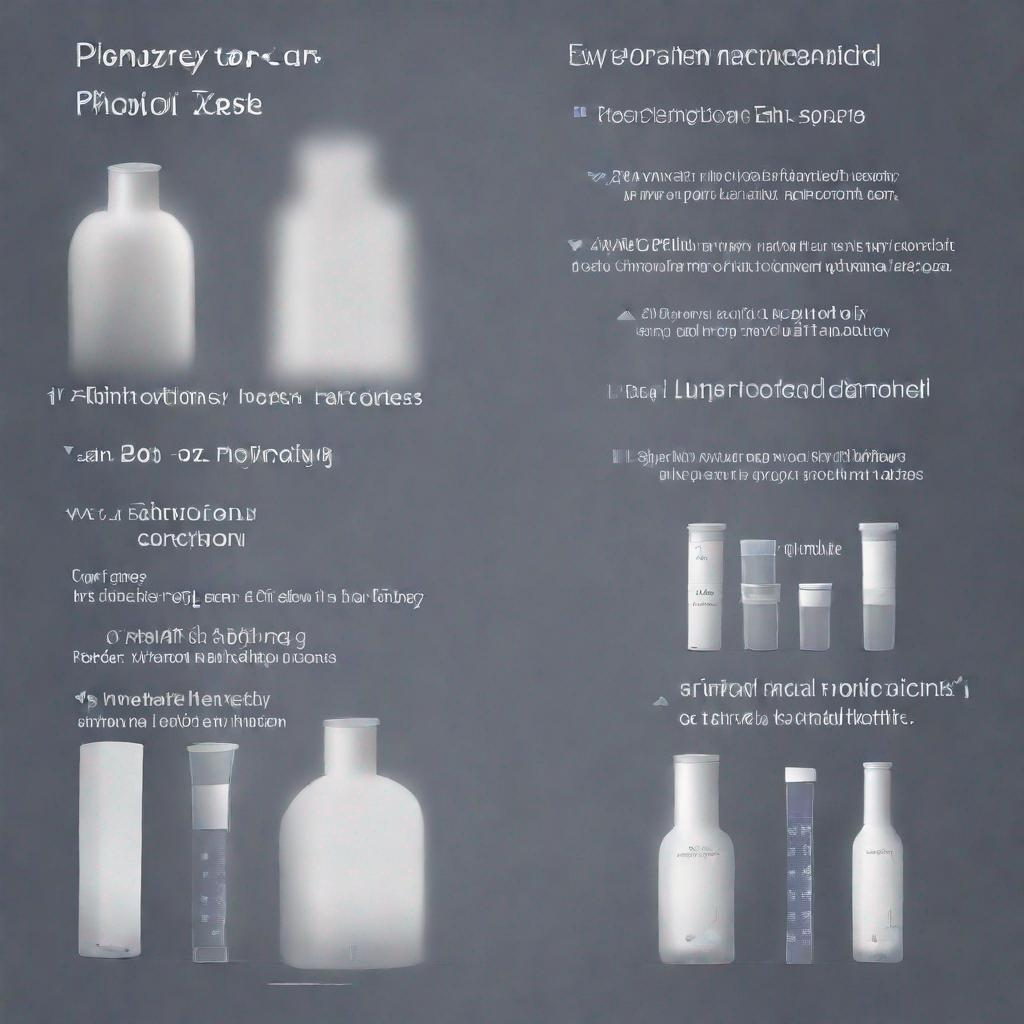HEMATOCRIT: A Comprehensive Guide for Patients
Introduction
The hematocrit test is a crucial laboratory test that measures the percentage of red blood cells (RBCs) in your blood volume. It provides valuable insights into various health aspects and assists in diagnosing and monitoring blood-related conditions.
Test Overview
The hematocrit test, also known as Packed Cell Volume (PCV), Red Blood Cell Volume, or Erythrocyte Volume Fraction, evaluates the proportion of RBCs to the total blood sample. RBCs are essential for carrying oxygen throughout the body.
Conditions and Diseases Detected
The hematocrit test helps detect and assess the severity of various conditions, including:
- Anemia: Low hematocrit levels indicate anemia, a condition characterized by insufficient RBCs or hemoglobin.
- Polycythemia: High hematocrit levels indicate polycythemia, a condition where there are too many RBCs.
- Dehydration: Dehydration can lead to an elevated hematocrit level as the blood becomes more concentrated due to fluid loss.
- Fluid Overload: Fluid overload can cause a decreased hematocrit level as the blood volume increases.
Preparation Guidelines
No specific preparation is usually required for the hematocrit test. However, it is important to inform your healthcare provider if you have any recent blood transfusions or conditions that may affect blood volume.
Procedure
The hematocrit test is performed by drawing a blood sample from a vein in your arm. The sample is then processed in a laboratory to separate the RBCs from the other blood components.
Duration and Waiting Time
The test usually takes only a few minutes to complete. The results are typically available within a few hours or a day.
Additional Tests
Along with the hematocrit test, your healthcare provider may recommend additional tests to further evaluate your blood health, such as:
- Blood count: Measures the number of different types of blood cells in your sample.
- Hemoglobin concentration: Determines the amount of hemoglobin in your blood, which carries oxygen.
Conclusion
The hematocrit test is a valuable tool for diagnosing and monitoring blood-related conditions. If you experience any symptoms such as fatigue, weakness, shortness of breath, dizziness, rapid heartbeat, skin pallor, or leg swelling, your healthcare provider may recommend a hematocrit test to assess your blood health. By working closely with your healthcare provider and understanding the importance of the hematocrit test, you can actively participate in managing your health.



